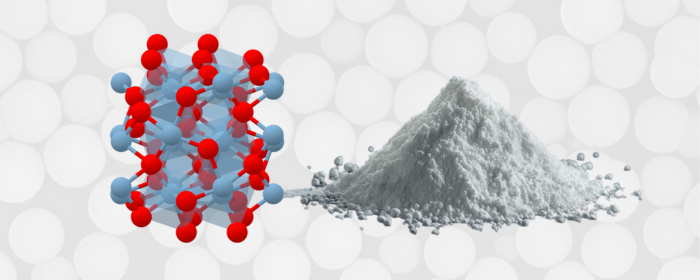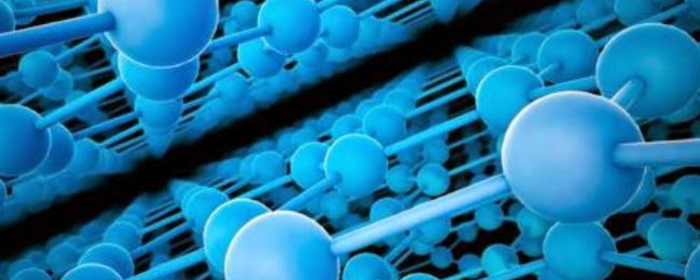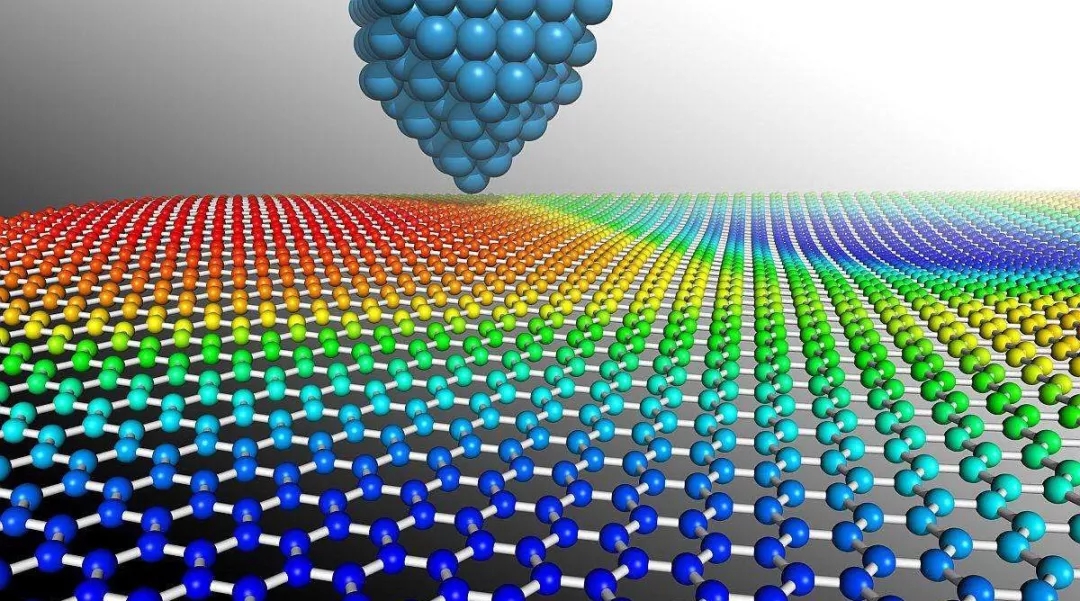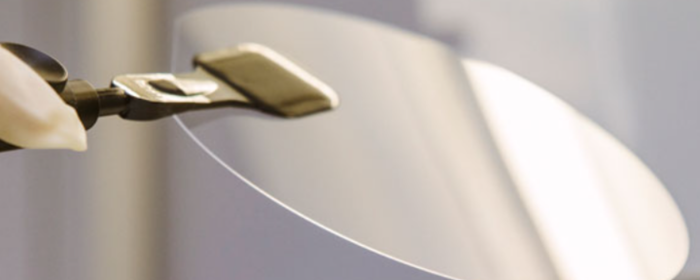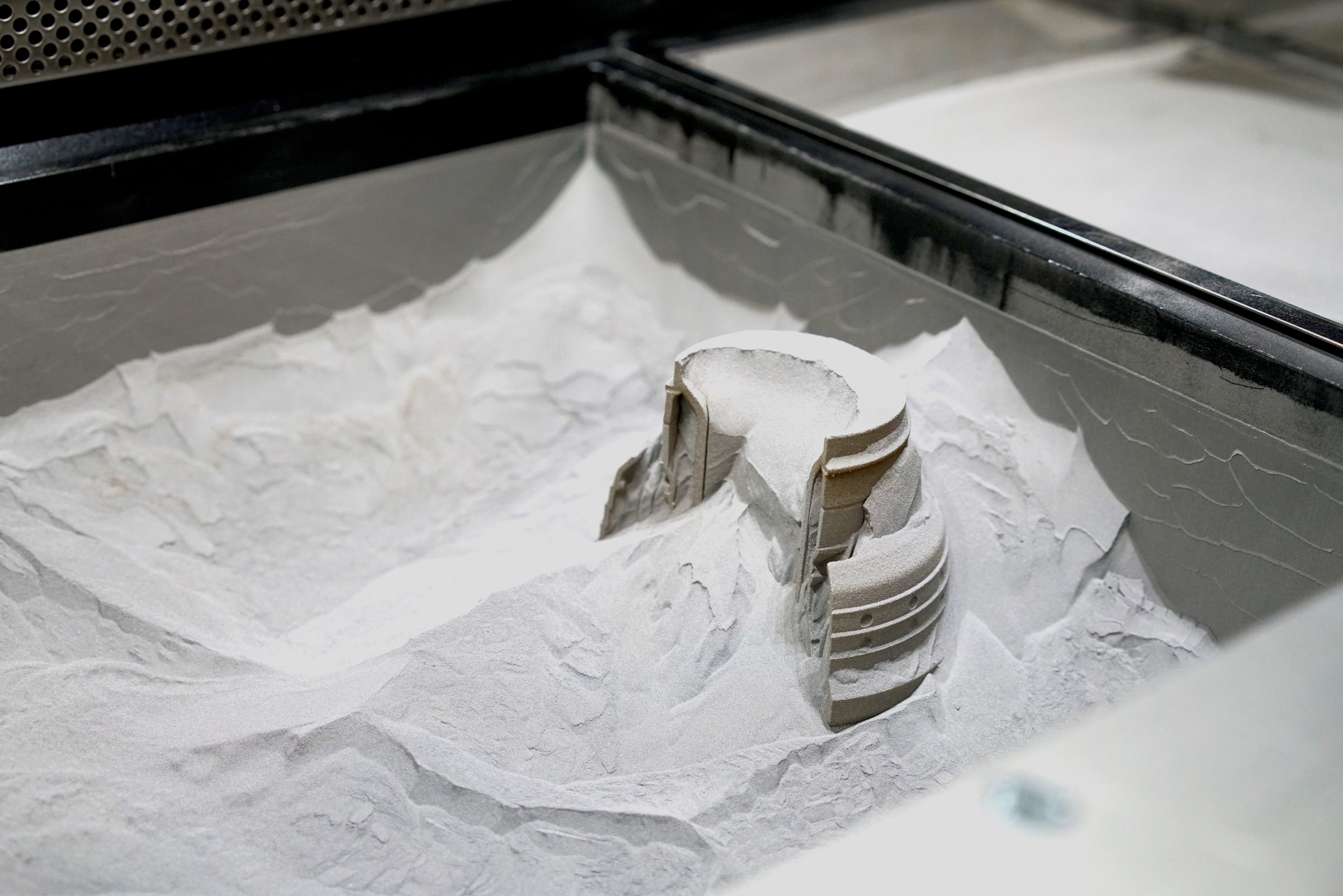

3D printing technology (Additive Manufacturing) has made significant progress in recent years in fields such as aerospace, automotive, medical, and industrial manufacturing. Metal 3D printing, as an important branch, it has garnered attention for its ability to produce complex structures and high-performance components. Aluminum powder, with advantages such as lightweight, high thermal conductivity, and good mechanical properties, has become one of the key materials in metal 3D printing.
Aluminum and its alloys (such as AlSi10Mg, Al6061, Al7075, etc.) possess the following advantages in 3D printing:
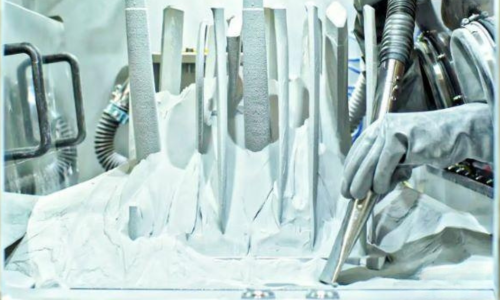
Fig 1. Aluminum Powder in 3D Printing
However, 3D printing with aluminum powder also faces some challenges, such as high reflectivity, susceptibility to oxidation, and optimization of powder flowability.
The high reflectivity of aluminum powder could affect the energy absorption efficiency of technologies like SLM, leading to unstable melt pools and increased porosity during printing. Currently, researchers primarily address this issue by optimizing laser parameters and coating the aluminum powder surface with light-absorbing materials. To tackle oxidation, using inert gas protection (such as argon or nitrogen) can typically reduce powder oxidation. For poor flowability issues, using spherical aluminum powder can improve flowability, or mixing a small amount of nano-silicon dioxide (SiO₂) into the powder.
1. Selective Laser Melting (SLM)
SLM is currently the most widely used aluminum powder 3D printing technology. By layer-by-layer melting of aluminum powder with a high-energy laser, it can produce high-precision, complex geometrical parts. For example, Airbus uses SLM technology to print aircraft cabin door brackets, reducing weight by over 30% compared to traditional manufacturing methods.
2. Electron Beam Melting (EBM)
EBM utilizes an electron beam to melt aluminum powder in a vacuum environment, suitable for manufacturing large, high-strength aerospace components. However, due to aluminum’s low melting point and high thermal conductivity, the application of EBM in aluminum printing is relatively limited and more commonly used for titanium alloys.
3. Binder Jetting
Binder Jetting technology selectively cures aluminum powder with a binder, followed by sintering to obtain the final part. This technology is suitable for large-scale production, such as lightweight components in the automotive industry.
Airbus uses SLM technology to manufacture cabin door brackets for the A320 aircraft, using AlSi10Mg material. Traditional processing requires multiple cutting steps, whereas 3D printing achieves integrated molding, reducing material waste and shortening the production cycle by 50%. The component has passed rigorous aerospace certification tests, proving the reliability of aluminum powder 3D printing in critical load-bearing parts.
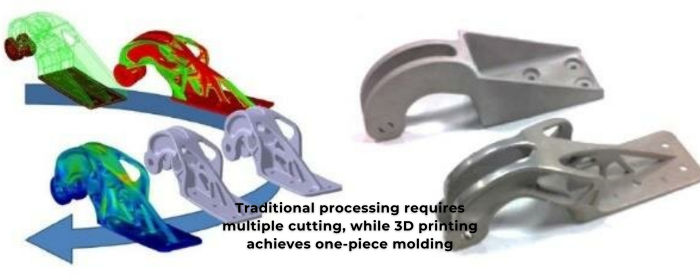
Fig 2. AM Application of Airbus A320 Nacelle Hinge Bracket[1]
BMW used 3D printed aluminum alloy steering knuckles in its i8 electric sports car. Through topology-optimized design, the component’s weight was reduced by 35% compared to traditional cast parts, while stiffness was increased by 20%. This innovation demonstrates the potential of aluminum powder 3D printing in automotive lightweighting.
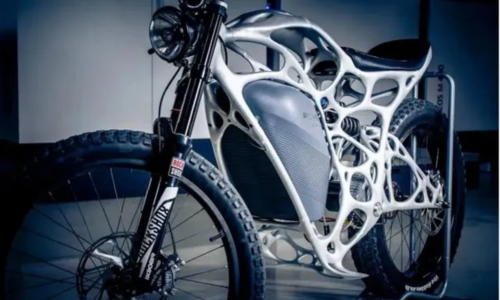
Fig 3. Electric motorcycle frame with aluminum alloy 3D printing
American company Optisys employs aluminum powder 3D printing technology to manufacture integrated radio frequency (RF) antennas and heat dissipation structures. Traditional methods require assembling multiple parts, whereas 3D printing achieves single-piece molding, significantly enhancing heat dissipation efficiency and signal transmission performance. This case highlights the unique advantages of aluminum in high-frequency electronic devices.
The application of aluminum powder in 3D printing has brought revolutionary changes to multiple industries, especially in lightweighting, complex structures, and rapid manufacturing. Although technical challenges remain, the future development prospects of aluminum powder 3D printing are promising through material innovation and process improvement.
It is noteworthy that metal powder materials (not limited to aluminum powder) are used not only in metal 3D printing but also in metal injection molding, thermal spraying, electronic surface mounting, and other fields. These industries are increasingly demanding finer particle size, higher purity, and better morphology of metal powders. This has driven the continuous advancement of metal powder preparation technologies towards smaller particle sizes, higher purity, lower oxygen content, and greater efficiency.
Stanford Advanced Materials (SAM) is committed to providing first-class atomized metal alloy powders for esteemed clients in commercial and industrial sectors. Our range of spherical metal powders includes aluminum-based powders, titanium alloy powders, stainless steel powders, and more, catering to various manufacturing needs across different PM technologies.
[1] Saraçyakupoğlu, Tamer. (2021). Usage of Additive Manufacturing and Topology Optimization Process for Weight Reduction Studies in the Aviation Industry. Advances in Science, Technology and Engineering Systems Journal. 6. 815-820. 10.25046/aj060294.

